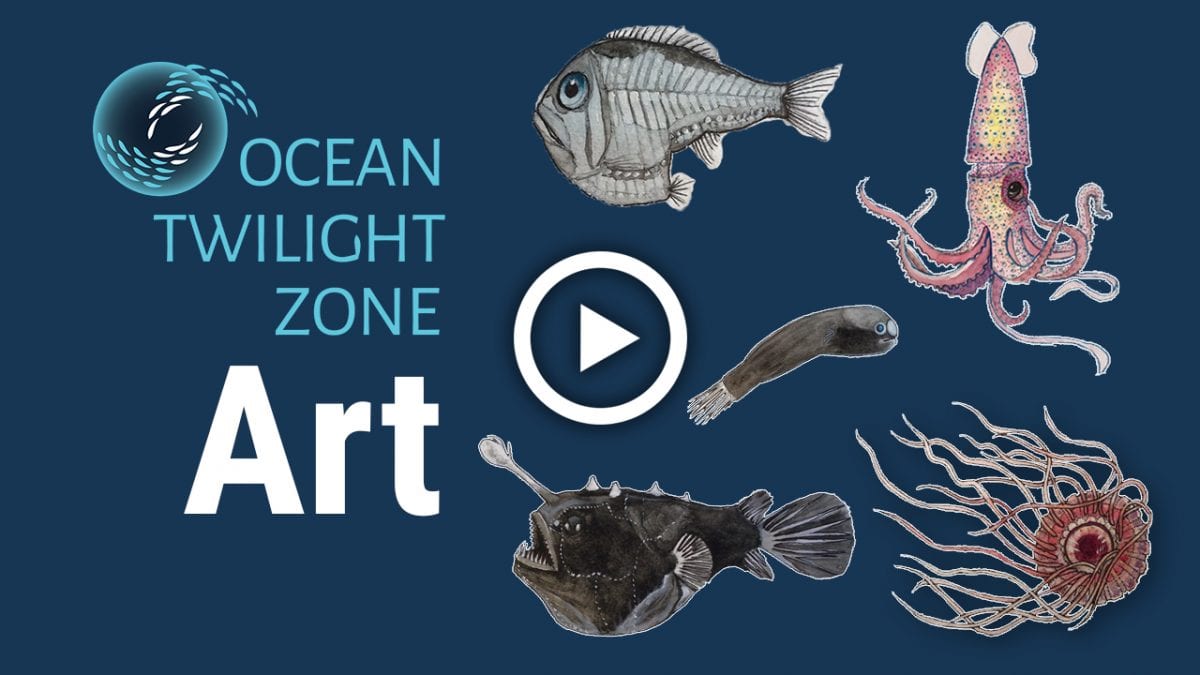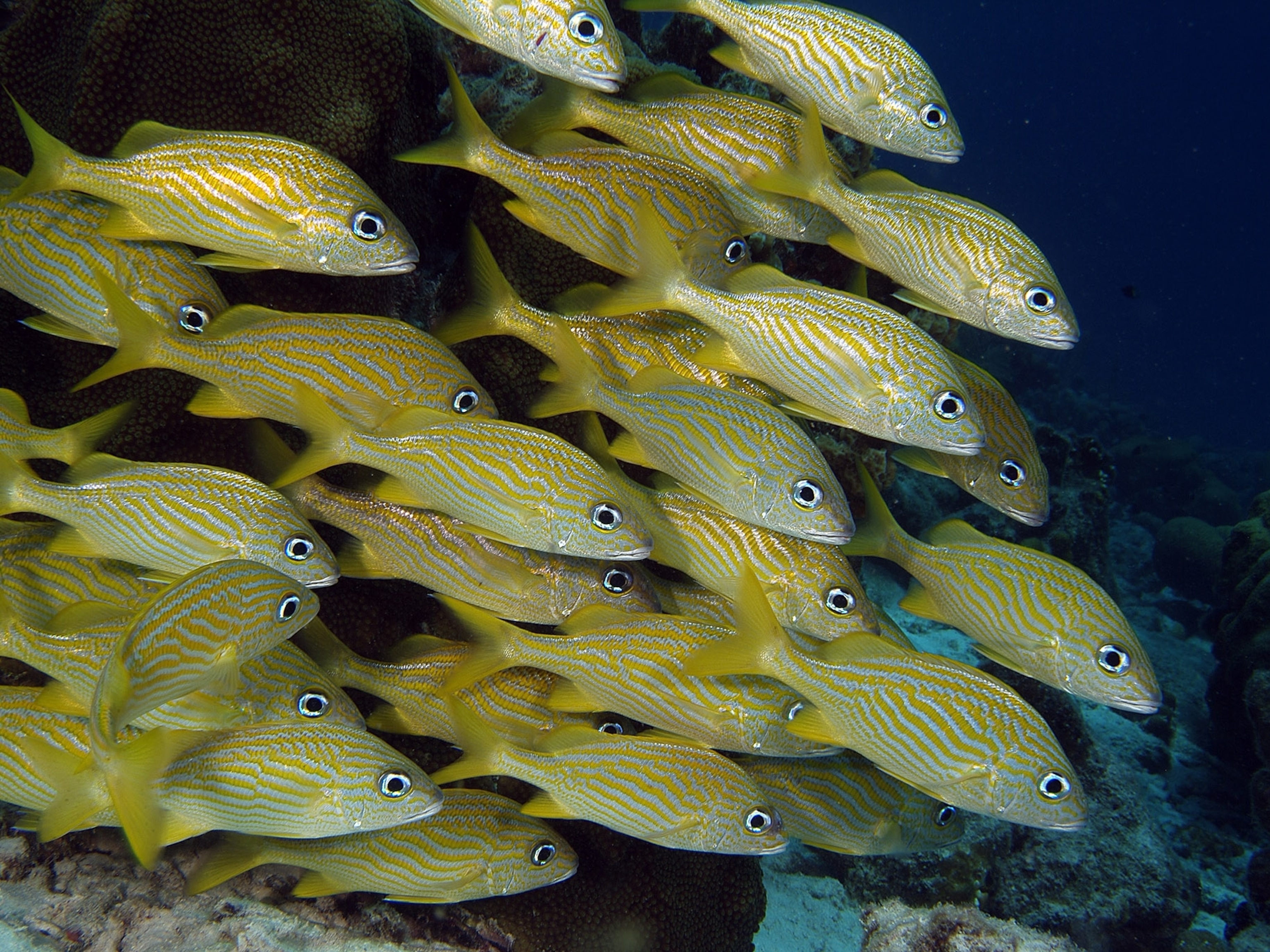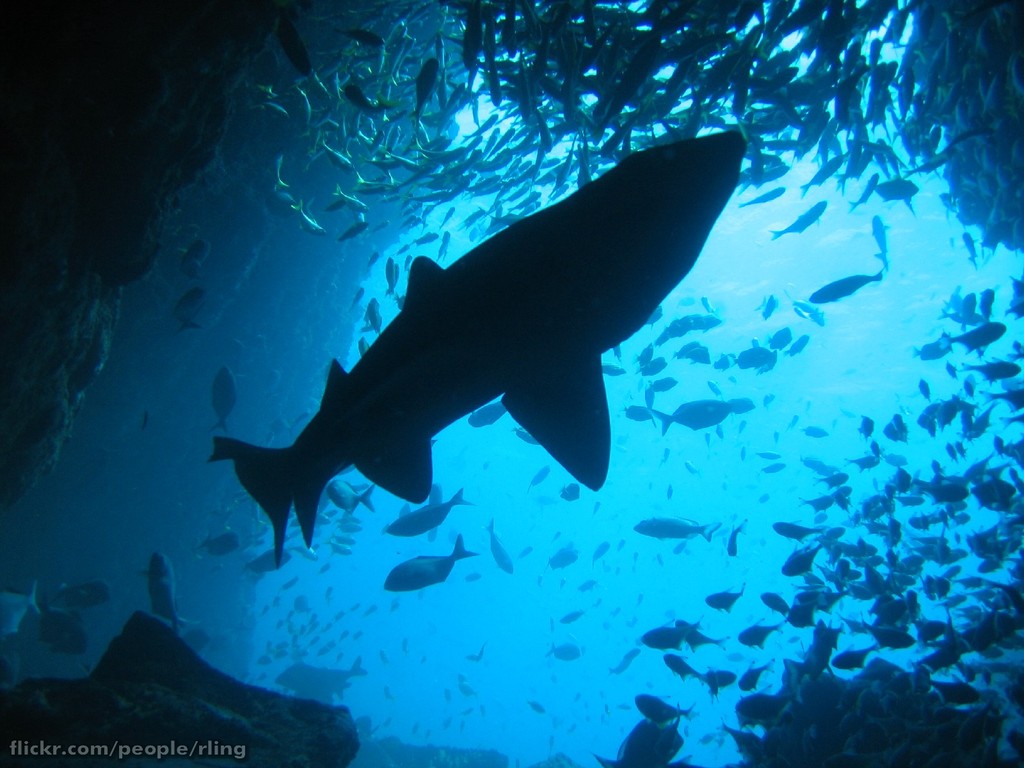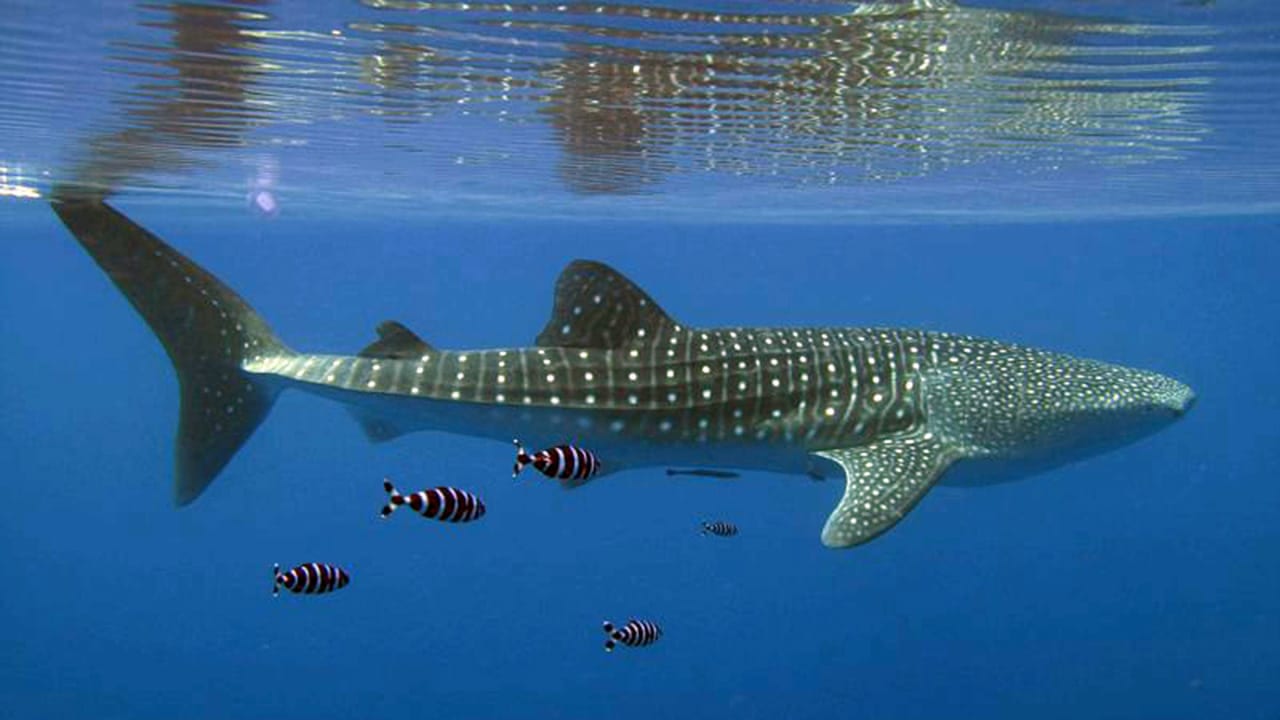Tropical Ocean Animals Adaptations
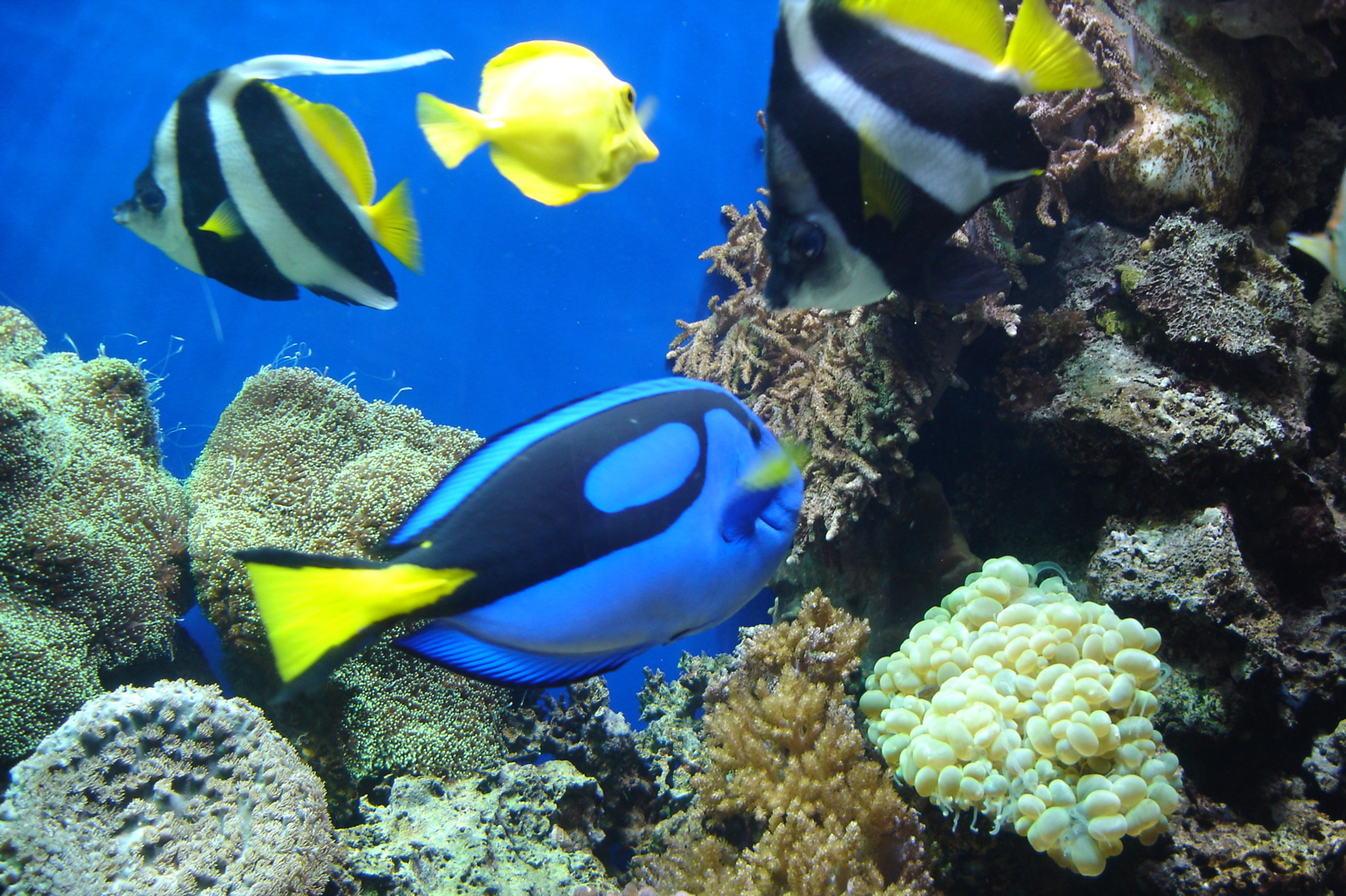
Encourage students to think about adaptations in marine animals related to obtaining food providing camouflage or safety from predators or dealing with changes in temperature salinity pressure lack of sunlight and need for oxygen.
Tropical ocean animals adaptations. Viscosity increases with decreasing temperature. Examples of physical adaptations the thickness of an animals fur helps them to survive in cold environments. Some marine mammals such as whales migrate over large distances and may spend time in a combination of arctic tropical and temperate waters.
This prevents them from slipping on the ice. Tropical rainforests are the most biologically diverse terrestrial ecosystems in the world. Sharks are very good at finding food.
The tropical oceans of the world are home to fish mammals and birds as well as a myriad of invertebrates. Portuguese man-of-war secrete gases into a float that enables them to stay at the sea surface Remember. Despite their adaptations for life at sea sea turtles must breathe air with lungs like humans do.
These adaptations enable the organism to regulate their bodily functions such as breathing and temperature and perform special functions like excreting chemicals as a defence mechanism. Gills allow them to breathe in the ocean water. The sloth uses camouflage and moves very slowly to make it.
This is an important adaptation as it protects the organisms from the extreme cold. Tropical rainforest plants adaptations to environment. Most animals have sleek bodies to swim through the water the sleek bodies help cut down friction on the animal.
To do this populations of animals. Camels long leg eyelids hump are all examples of adaptation. The bill of a toucan is huge and is often thought to be a useful tool to fight off predators.







